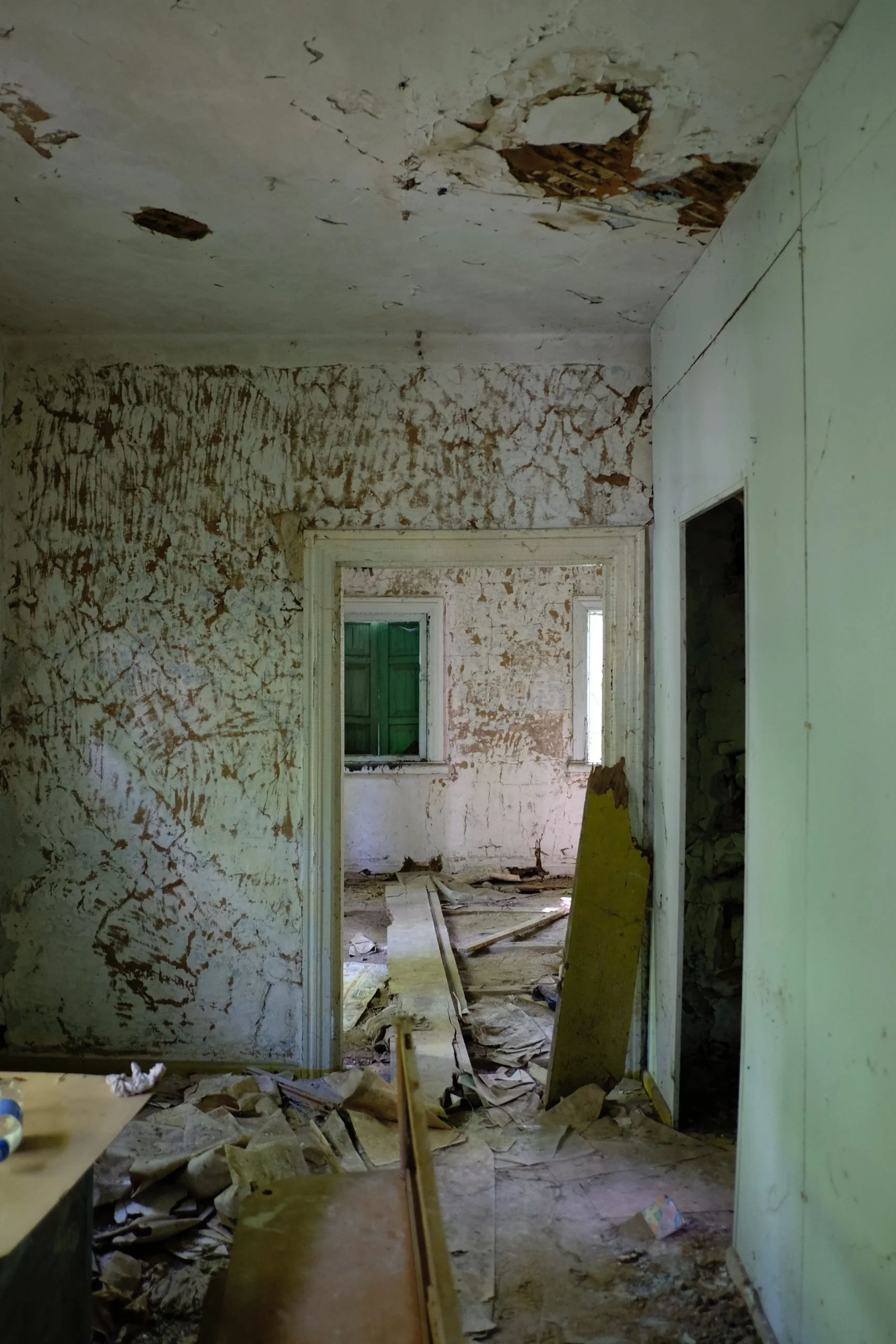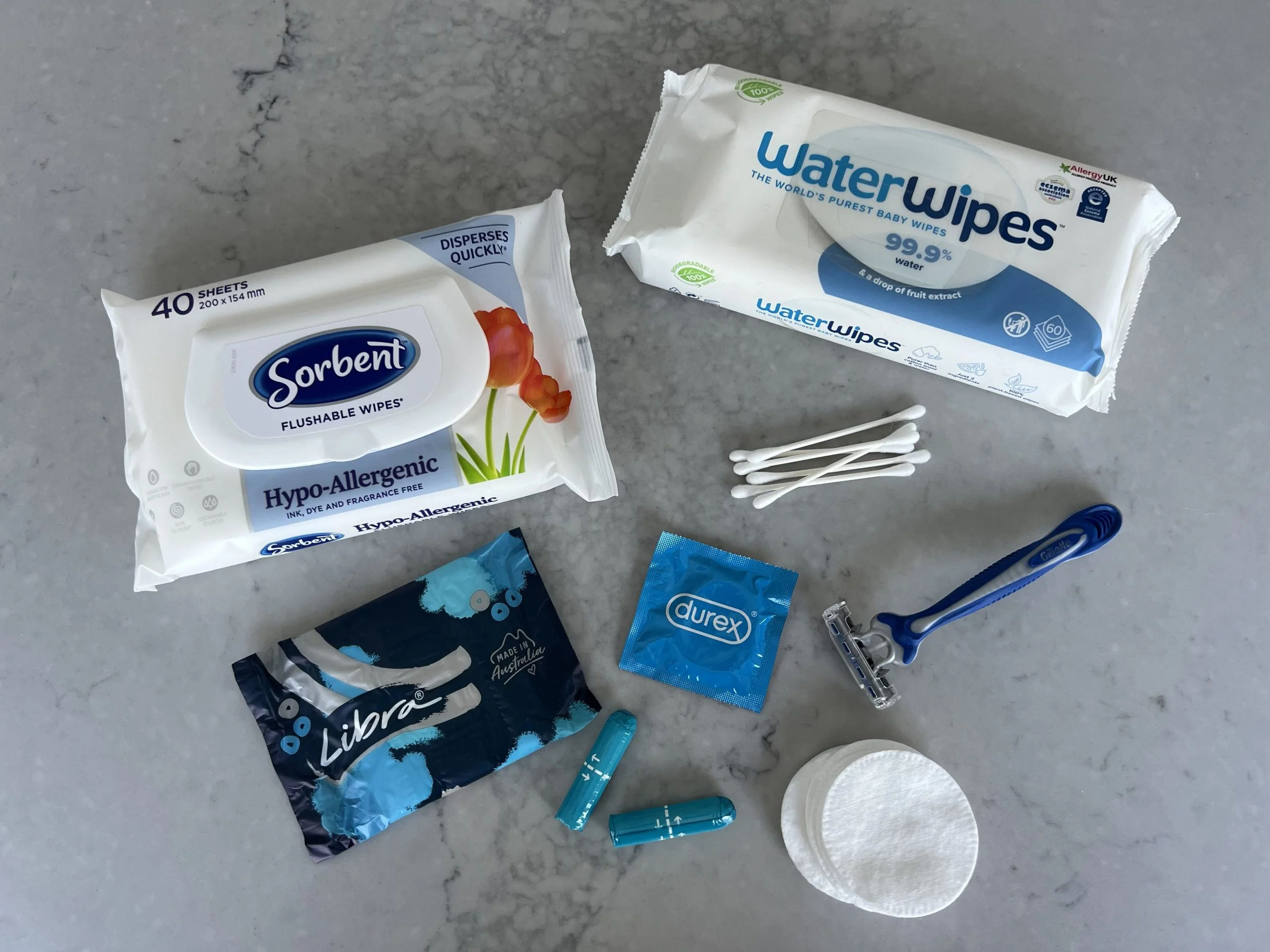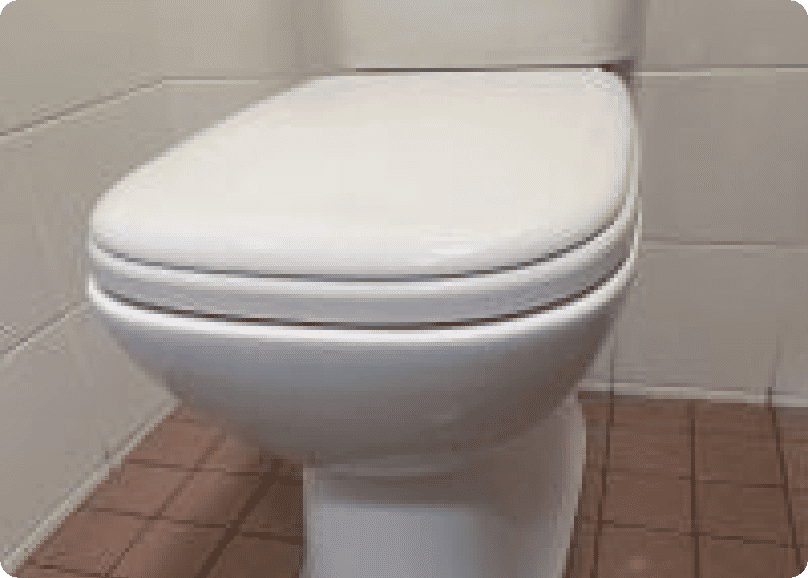How To Get Rid Of Mould After Heavy Rain
- William Demirdonder
- Mar 11, 2022
- No comments
- 15-minute read

Recently Mother Nature has served us some severe rain conditions. Flooding all up and down the East Coast married with heat and humidity (some areas have reported up to 95% humidity) is a perfect combination for mould to form.
Even if your home hasn’t flooded, the humidity in the air after a lot of rain can see mould spores pop up overnight. Unfortunately, with all the rain and wild conditions, people have been keeping their doors and windows closed, meaning our homes are receiving less ventilation than usual. With all the hot air inside the house rising to the roof, you may see mould spores appear.
In our current weather conditions, mould thrives. If left alone, mould growth can wreak havoc on your home, belongings and your health.
Thankfully, there are some easy ways to try and prevent mould or to get rid of mould as soon as it appears.
Please note: Mould presents a serious risk to your and your family’s health. If you are dealing with a severe mould growth situation right now, please call a professional mould cleaning company to remove the mould and restore your home to a safe environment.
In our homes, mould is created when there is too much wetness or moisture in the air.
So naturally, excessive water and flooding, when cleared can lead to mould growth as the surfaces affected by the water can remain damp for days.
Mould can also occur without water or flooding if the damp and humid air remains above a level of humidity for an extended period of time, without proper ventilation. This is why roofs, ceilings, attics are prone to mould growth.
Typically, if humidity is above 70% for an extended period without ventilation, you can see a mould growth.
If humidity remains at 85% that is when you can see moisture absorbing into materials and surfaces and creating widespread mould spores.
The most common sign that mould is affecting your health or your family’s health is respiratory problems. Upper respiratory infections, asthma, coughing, sinus infections are all common results of a mould issue at your home.
Some people can see wheezy coughs, headaches and irritated eyes. On the severe end of the spectrum, a person can see lethargy, grogginess and tiredness. If you feel you or your family are being affected by mould in your home, please contact your GP and have a professional opinion.
The key is a low moisture environment and good ventilation.
Mould cannot grow in an environment that is well ventilated and low moisture. You can try to control your environment with a dehumidifier if you know your home is prone to high humidity and high moisture.
You can also be aware of any wet weather conditions, keeping the rain from coming inside and opening windows and doors for ventilation when the air outside is dry.
If there are areas in your home that you’ve needed to clean mould from, and you know are prime areas for mould to grow (think rooms/areas with low ventilation) then focus on being aware of these areas.
If you know your home is prone to mould, or excess moisture you can invest in a dehumidifier to keep the humidity in your home at the optimum level to keep mould at bay.
If you have mould in your home (even small amounts) it will need to be cleaned to stop it from spreading. You can clean mould yourself, relatively easily. Unless your home has been flooded or has experienced mould on a large scale, then we suggest contacting a professional mould removal and cleaning service provider in your area.
For small mould growing in a spot in your house like the bottom of a windowpane or along a skirting board, you can clean the mould with some vinegar and water. Try to work quickly and avoid banging or disrupting the mould more than you need to (to prevent mould spores from getting into the air).
If the mould is more advanced you can buy a commercial mould cleaning product to treat the affected areas.
For more intense situations where water has been left to leak and create large mouldy areas, we suggest a professional mould removal team.
Say for example in a strata block of units, where one upstairs bathroom has a burst pipe that has slowly been leaking water to the levels below for some time undetected, mould growth can occur in the units underneath where the water leak originated. In some cases, floorboards, cupboards, walls and even showers will need to be ripped out and replaced to completely get rid of the mould affected areas by a professional team, who will then scour clean the area, preparing it for additional work.
Some kinds of mould is more dangerous than others. Black mould in particular can produce toxins that require professional treatment.
If your home and belongings are affected by mould, it’s hard to make the decision to throw them out if you feel they’re salvageable. Unfortunately, mould can affect different materials in different ways and sometimes it’s best for your health, to say goodbye and throw away any affected items.
In a flooding event, where mould has sprung up and made some fast growth into your carpet, furniture, books and floors, it’s most likely that you’ll need to rip everything up and get it replaced. A mould removal expert will be able to assess and give you the feedback you need.
If mould is present on clothing or leather goods that have not been flood-affected, just kept in a damp spot in the house, chances are you should be able to clean it and the mould will come off, unaffecting the items (however, this depends on what fabric/materials the clothes and goods are).
We hope that you and your family are safe and well, unaffected by the recent floods and weather and mould free! But if you do see some mould around your home, please act fast.
If you need any support with your home’s plumbing, please call our team at Proximity Plumbing on 0420 102 394.
Disclaimer: The information provided in this article is for general reference only. Please seek advice from professionals according to your needs.
Understanding your home insurance and what you are covered for when it comes to plumbing can be overwhelming. Do you have cover if the land mower of your neighbour damages part of your pipeline?....
Read MoreFatbergs are created when you flush down wet wipes or “flushable” wipes down the toilet and they get caught up in your pipes with a combination of any oils, fats or grease poured down the ....
Read MoreImagine you’re in the midst of a plumbing emergency (we’ve all been there) and you desperately need an ace plumber on your door step. We doubt in the middle of a plumbing emergency you&rs....
Read MoreIrrespective of how hard you try, sometimes a toilet or bathroom clog is unavoidable. Whatever might be the reason for the clog, you need to clear the same. When you wish to fix the problem, a plunger....
Read More



Leave a Reply
Your email address will not be published. Required fields are marked *